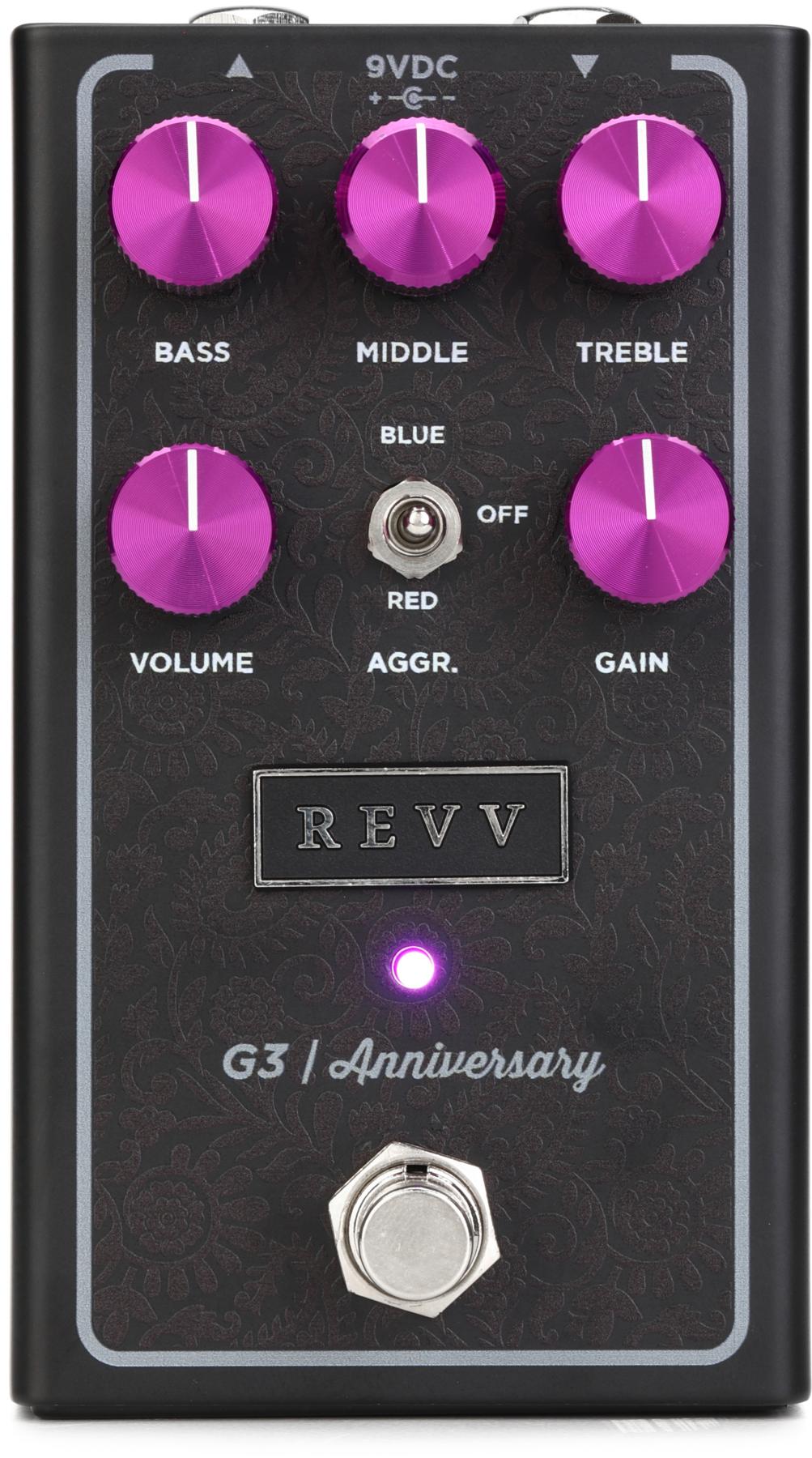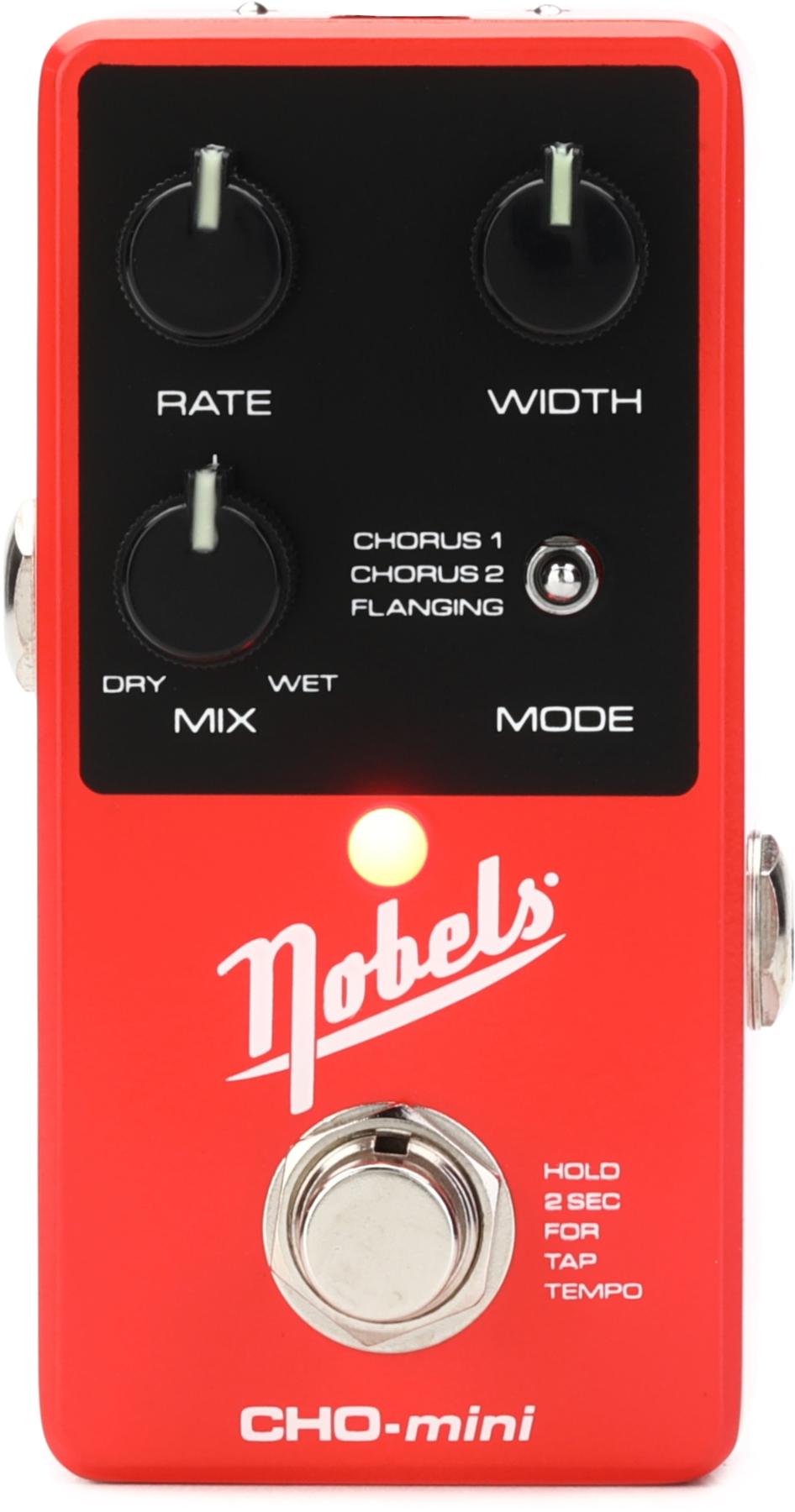You could WIN a D1 High-Fidelity Stereo Delay from Walrus Audio in today's giveaway! Ends Feb. 8, 2022.
D1 High-Fidelity Stereo Delay

The D1 is a powerful multi-function delay with five studio-grade, high-fidelity, custom-tuned programs. Create inspiring echoes from Digital, Modulated, Vintage, Dual Delay, and Reverse. Each can be tuned and tweaked with modulation, tone, age, and tap/clock subdivisions. The attack knob adds another dynamic to each program, opening up a new world for creating soundscapes. The D1 boasts stereo in and out, midi control, adjustable stereo width, and onboard presets. A workhorse of a delay that is just as ready for the road as it is the studio.
Walrus Audio
$349










![Rig Rundown: Russian Circles’ Mike Sullivan [2025]](https://www.premierguitar.com/media-library/youtube.jpg?id=62303631&width=1245&height=700&quality=70&coordinates=0%2C0%2C0%2C0)
















